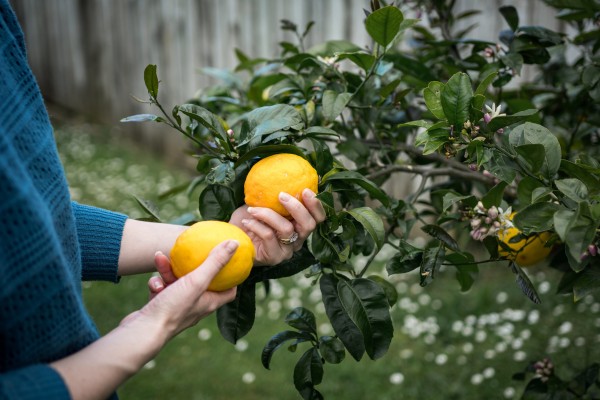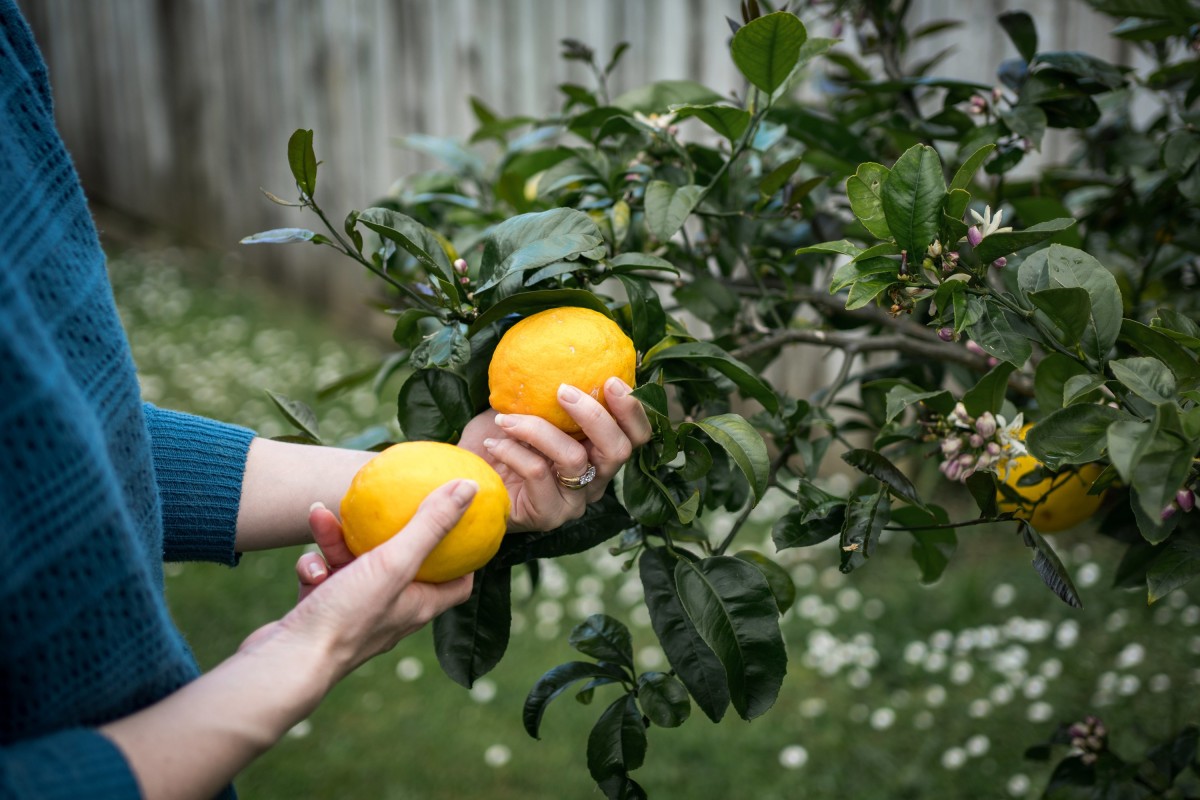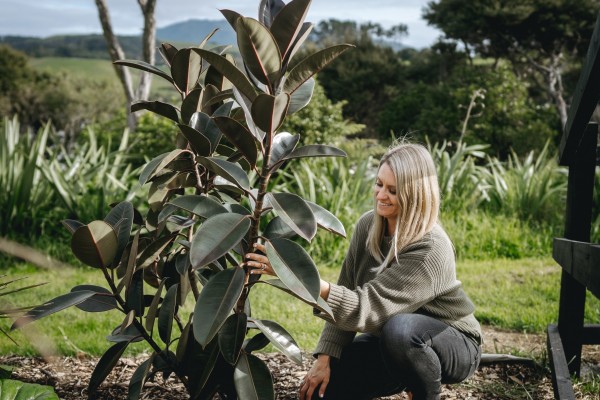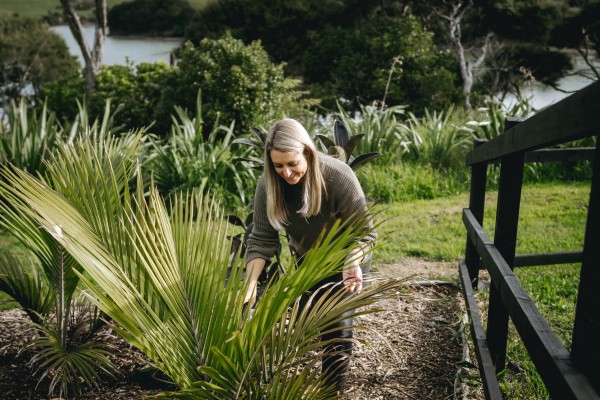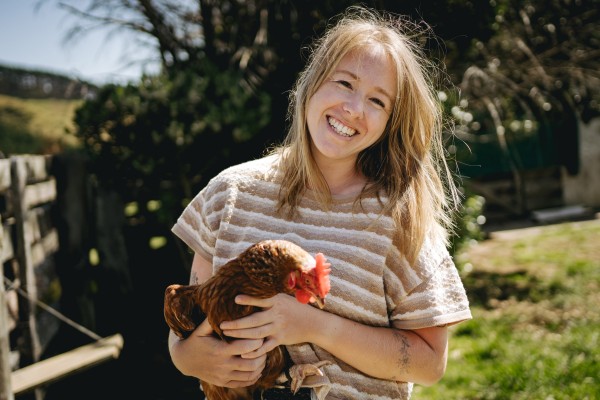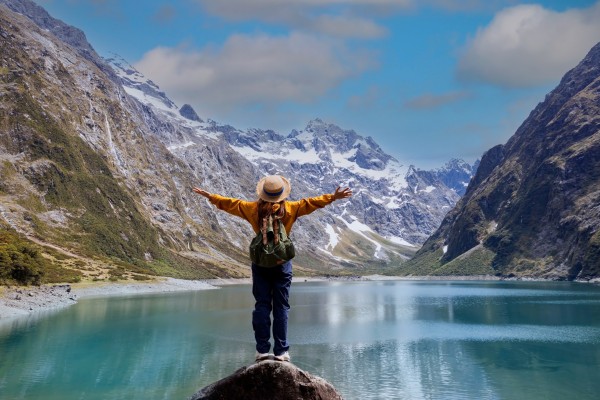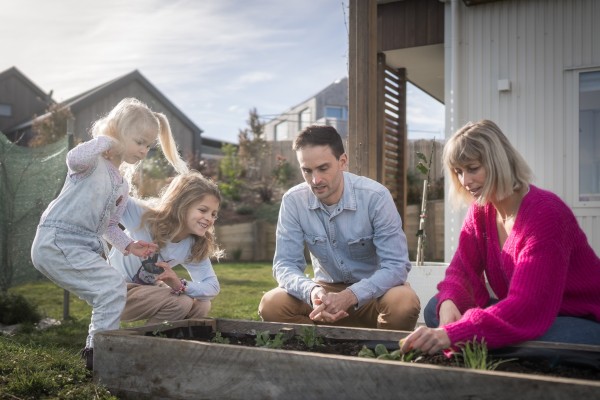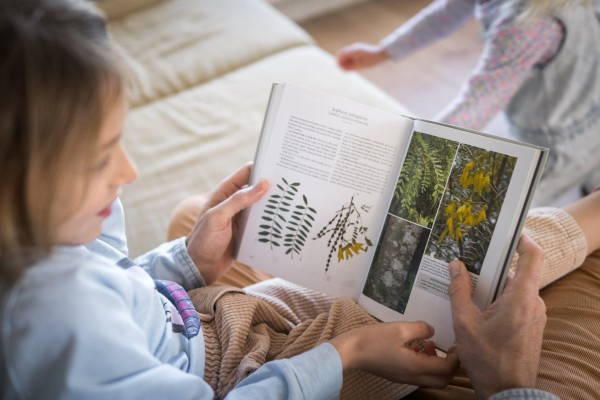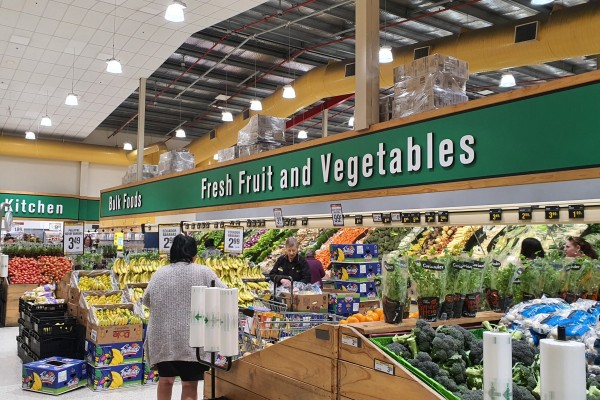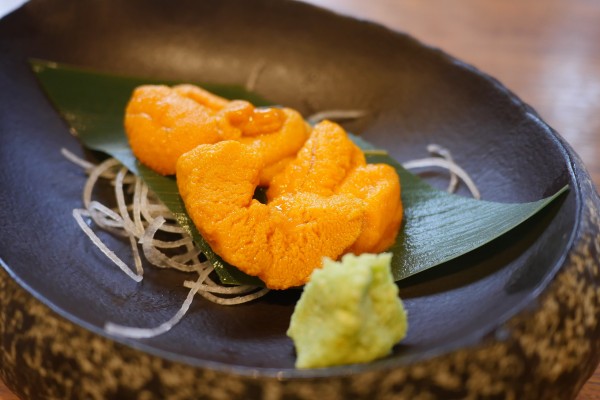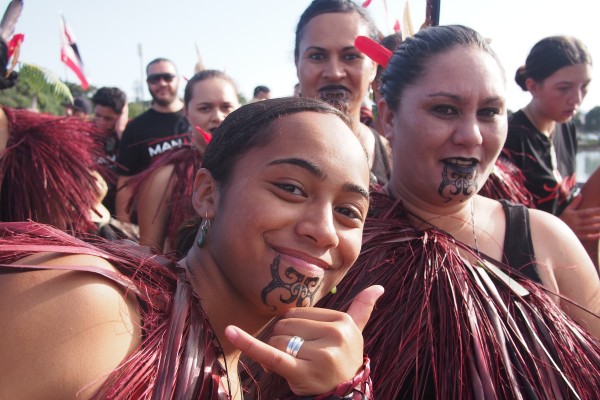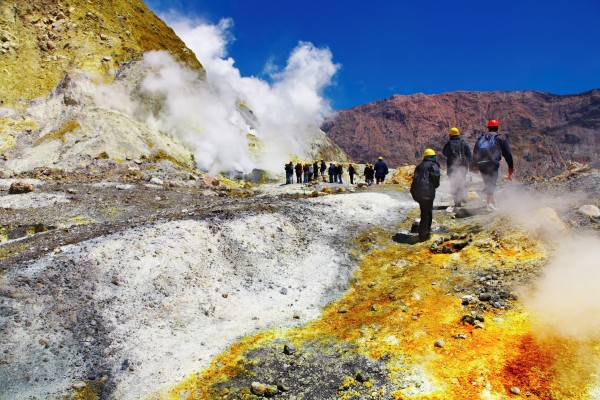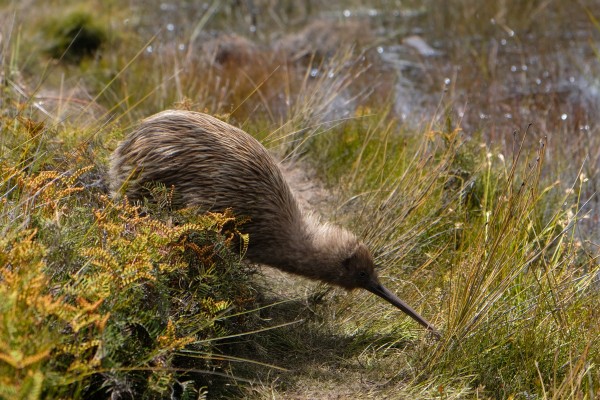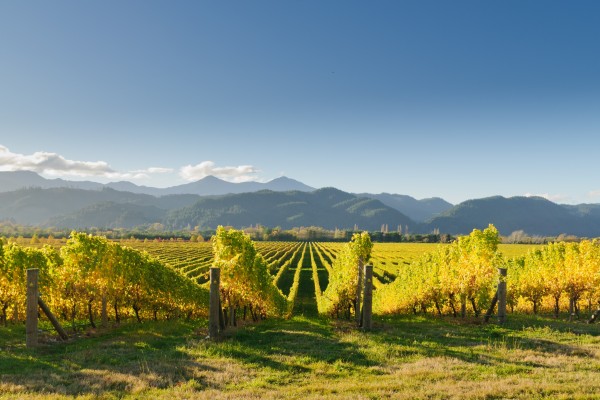A guide to foraging for wild edibles in New Zealand

There are many reasons to add foraging for wild foods to your to-do list. Not only can it be a fun activity, but there are over 250 types of readily available foods, nuts, berries, and other edibles that can be a joyous addition to your diet.
If you’re unsure where to start, our beginnings guide to foraging in New Zealand is here to help.
Before you start: Know the rules
Foraging in New Zealand comes with some risk. Foraging is a great family-friendly activity. It can get you out of the house, help you experiment with new foods and flavours and is one of the most sustainable activities there is! But, there are some important rules you’ll need to follow to ensure that what you’re eating is actually safe to eat.
1. If in doubt, leave it out
Before you pick a plant to take home, be absolutely certain of the variant you are collecting. New Zealand, like many countries, has poisonous and toxic plants and mushrooms (like the Galerina marginata) that if ingested, can be fatal. Make sure you have a reliable resource you can take with you while you forage.
Tip: Don’t try and learn how to forage a lot of plants at once. Instead, get to know one or two plants at a time. Once you can easily recognise them, know where to find it and which parts to harvest you can move on to foraging for a wider variety of wild edibles.
2. Know where to look for edible wild foods
Foraging for wild foods is fun but it’s important to follow the law. Make sure you‘re foraging on land that you are allowed on. If you want to forage on private property you should always ask before assuming. You’ll also want to avoid foraging for food in areas that are close to busy roads, dumps or sites that could be polluted.
Tip: While foraging next to a road may seem like a good idea these plants may be exposed to more pesticides. Make sure you wash these wild edibles really well before eating (or just avoid collecting from the roadside all together).
3. Don’t forage the whole plant
Foraging is a fun and sustainable way to source your food. One way to keep it free and accessible to all people is to only take what you need. As a general rule, only take up to one-third of a plant. By leaving the rest, you’re ensuring there’s enough for other people to cultivate and that the plant itself has enough to regenerate what’s been lost.
Tip: Leave a third of the plant for other people and a third for new growth.
Other ways to stay safe when you forage for wild edibles in New Zealand
-
Learn the Latin names of the specific type of plant you’re foraging rather than relying on the ‘common’ names
-
Use multiple sources (books, online, courses, real-life experts) to help you on your foraging journey
-
Forage with other people, especially ones that have been doing it longer than you
-
Know how to identify each plant at different life stages or in different seasons
-
Stay away from areas that could be polluted when you are foraging
-
Don’t taste a plant as a way to identify it
-
Know where the plants you pick grow. If something is growing ‘in the wrong place,’ don’t pick it
-
Consider the look, smell, texture, habitat, colour and size of the plant you are foraging
-
Be careful foraging watercress. Although it is commonly foraged water plants sometimes host liver fluke — a type of parasite found near sources of water
-
Signs that an area has been sprayed with weedkiller are dead grass, brown plants and wilting
-
Beware of picking plants like hemlock that are often mistaken for wild carrot and parsley but are highly toxic
-
Going back to the same areas over and over will help you get an idea of what ‘normal’
-
Only forage for mushrooms with someone who is an expert!
The 3 best wild foods to start your foraging journey in New Zealand
Blackberry
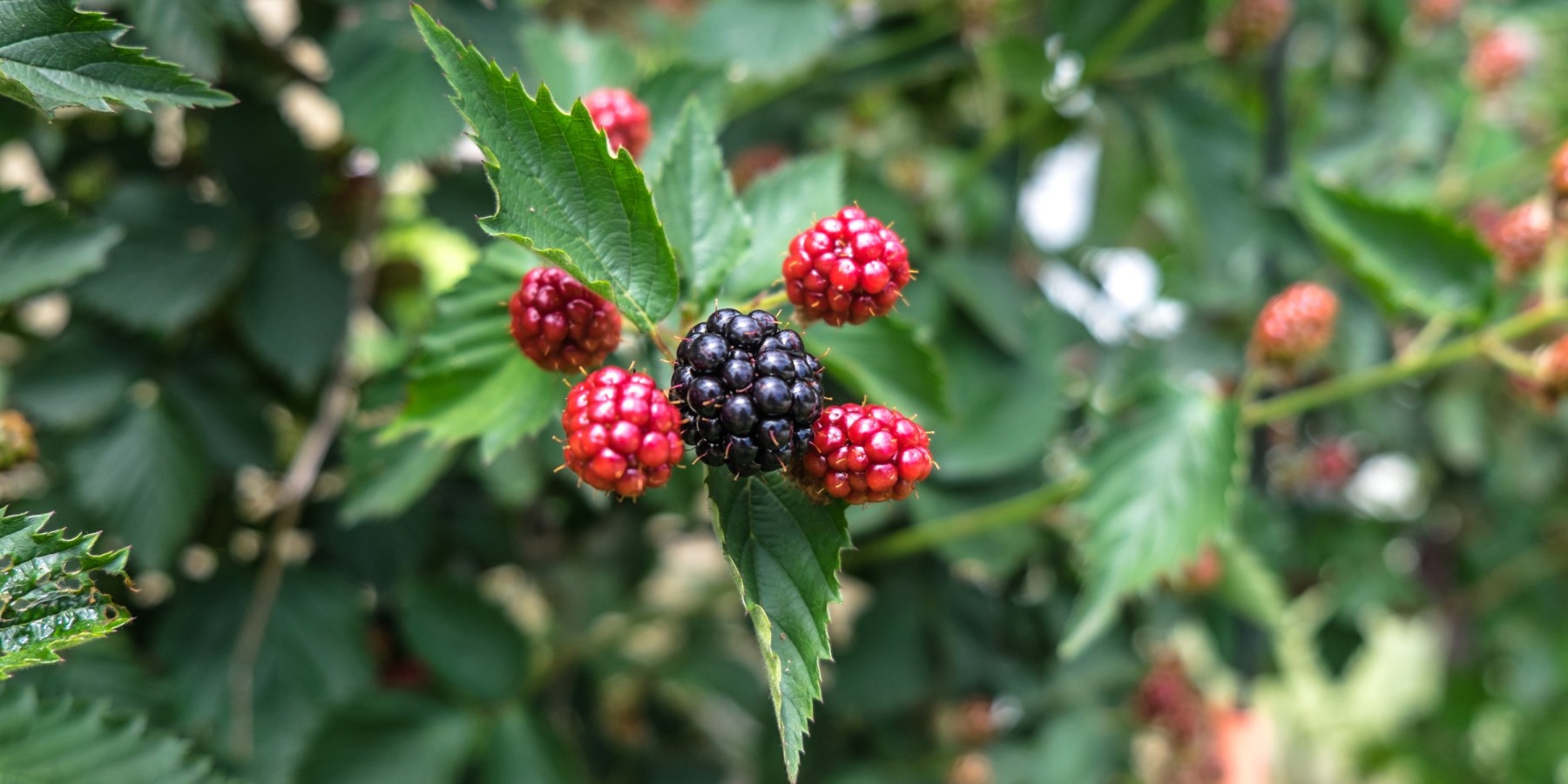
Blackberry may be a sought after fruit in other countries, but in New Zealand this wild and thorny weed is wildy invasive. By picking blackberry you’re certainly doing other natives a huge favour!
Where to find it:
Blackberry is well established throughout New Zealand from the tip of the north, down to the south. All it really needs is enough light. As a cold-hardy plant, this means you’ll find it from farmlands to pine forests, bush edges, open areas, sand dunes, wetlands and streambanks.
What to know:
Most Kiwis have eaten wild blackberries before, but the leaves are also useful. You can pick the berries and the leaves, dry the leaves, and make a delicious tea.
What to avoid:
Avoid picking blackberries from the side of busy roads as these may have been exposed to more weedkiller than berries in other areas. Sand dunes are a great area to look for blackberries in.
Dandelion
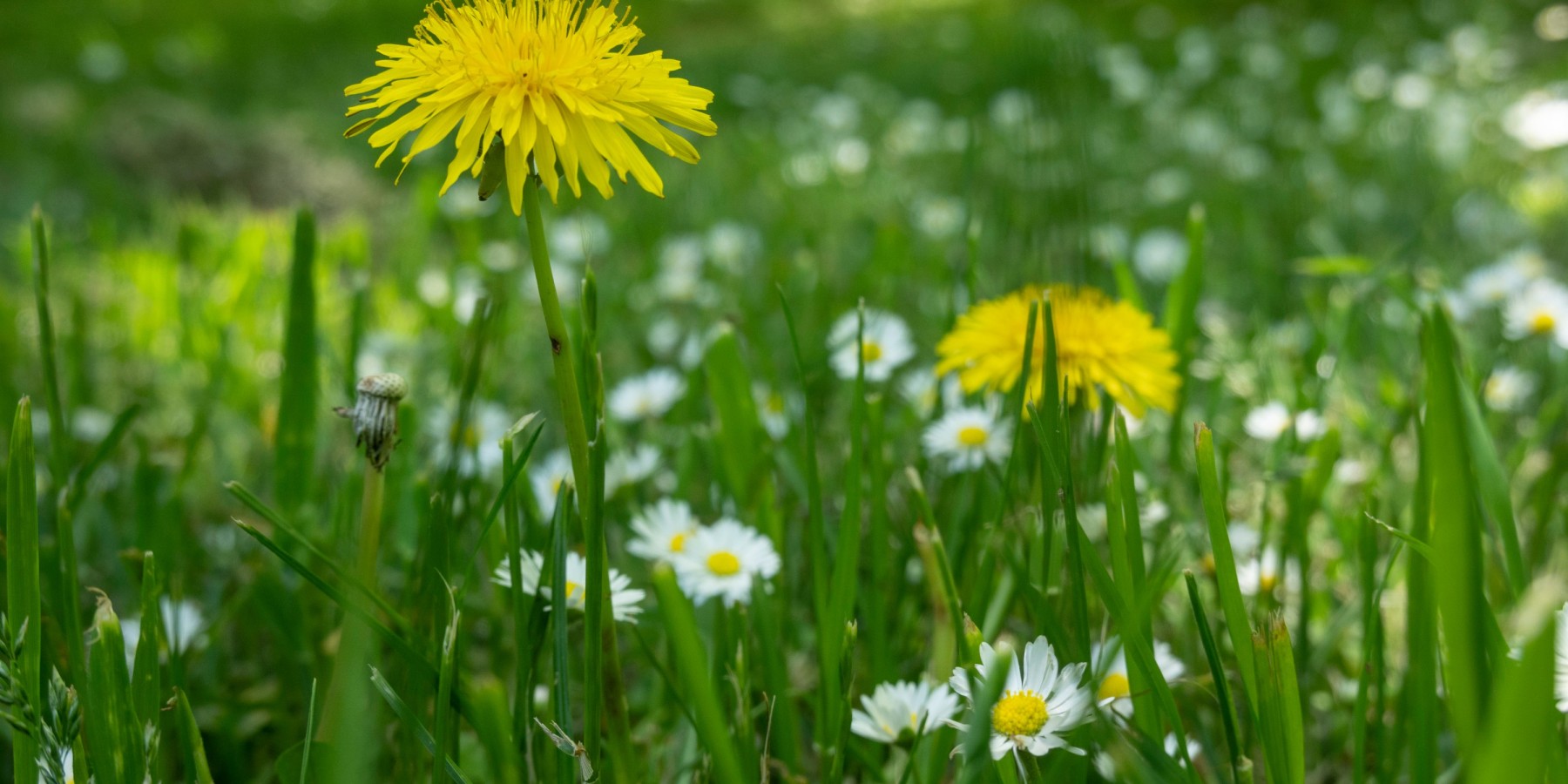
You don’t have to go far to start your foraging journey. Most people have dandelion growing in their backyard. While the whole plant is useful, the leaves are particularly great for adding to salads.
Where to find it:
Dandelions are common in your neighbourhood. Most people have dandelions in their backyards. If you have dandelions and want them to grow a little bigger, try leaving your lawn longer before you pick them. Other places where dandelion grow well are in pastures or on farmland. Dandelions favour anywhere with lower numbers of other plants.
What to know:
Dandelion leaves are rich in Vitamin K, Vitamin A, fibre, iron and potassium.
Onion weed (Allium triquetrum)
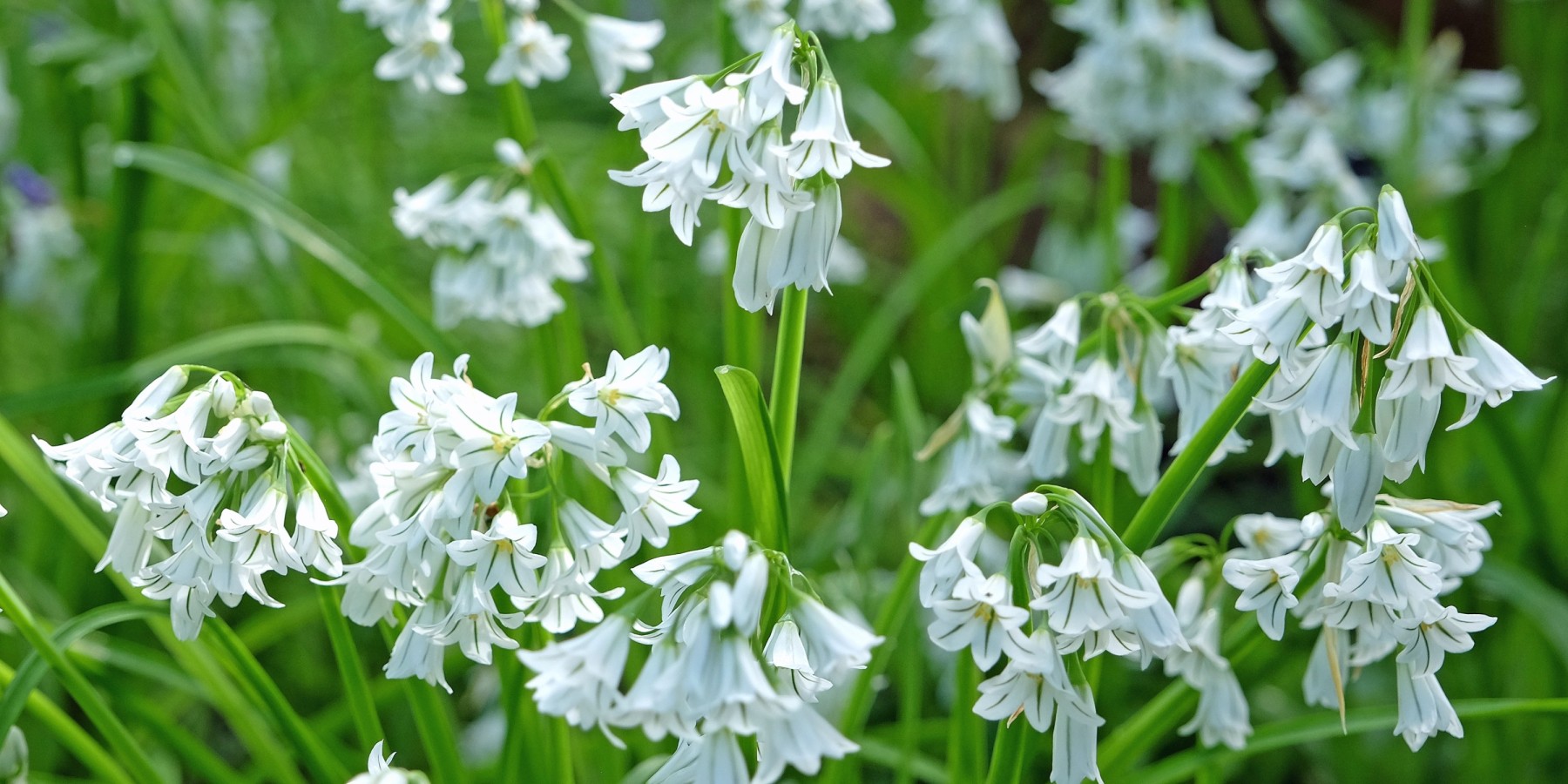
During Spring (September - November) in New Zealand, onion weed (also known as triangular garlic) begins to sprout. This edible plant both looks like a little onion and smells like one too. Its white flowers, green stalks leaves and even its bulbs are edible.
Where to find it:
These plants are quite invasive so eating onion weed is great for other natives. You can often find onion weed growing in places that have recently been cleared like shrublands, disturbed or felled forests, streambanks and bare land. Be careful about washing this plant if you’ve picked it from somewhere that’s been weed sprayed.
What to know:
Onion weed tastes a bit like a spring onion mixed with a clove of garlic. They’re a great replacement (or addition to) chives, spring onions or garlic in any dish. The bulbs can also be pickled and taste a bit like a regular pickled onion.
Kawakawa (Macropiper excelsum)

Kawakawa has many uses and is one of the most important plants in traditional Maori medicine. It has antimicrobial and anti-inflammatory properties, and it can be used for stomachaches, toothaches, inflammation, and skin problems like eczema. The seeds and leaves can also be used in cooking.
Where to find it:
Kawakawa is endemic to New Zealand. You’ll find it growing in the North Island and the top of the South Island, down to about Banks Peninsula.
What to know:
Kawakawa leaves have a peppery, bitter taste. They can be used to make teas or added to smoothies. Some Maoris have their own protocol for picking kawakawa, which follows the principles of Tikanga (cultural protocols) and can include waiata (song) and prayer.
What do our customers say?





For every (wise)move







